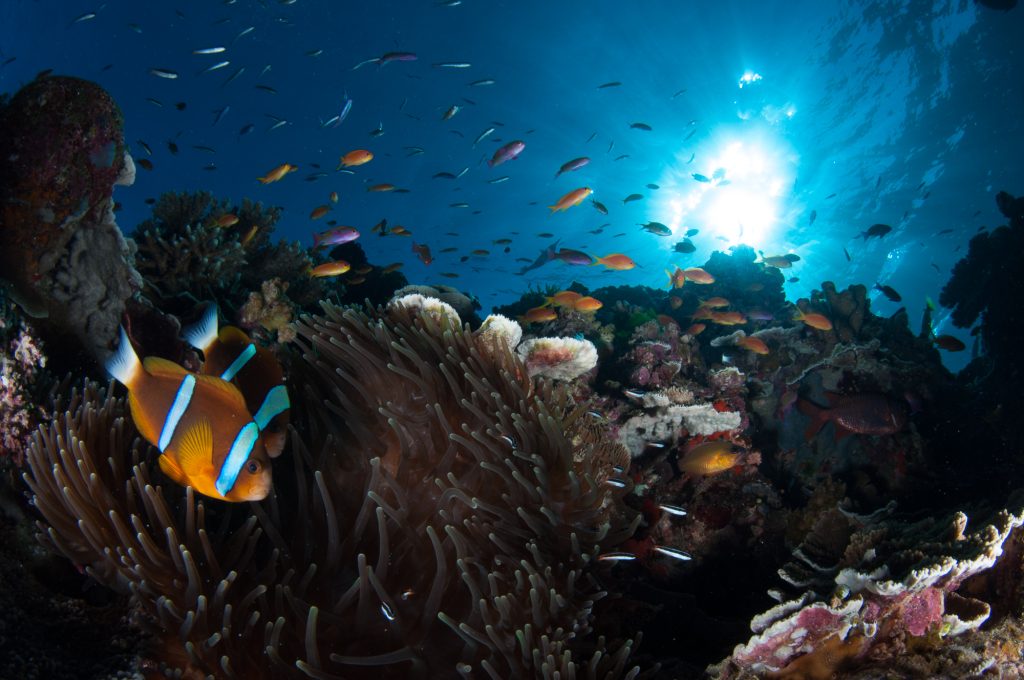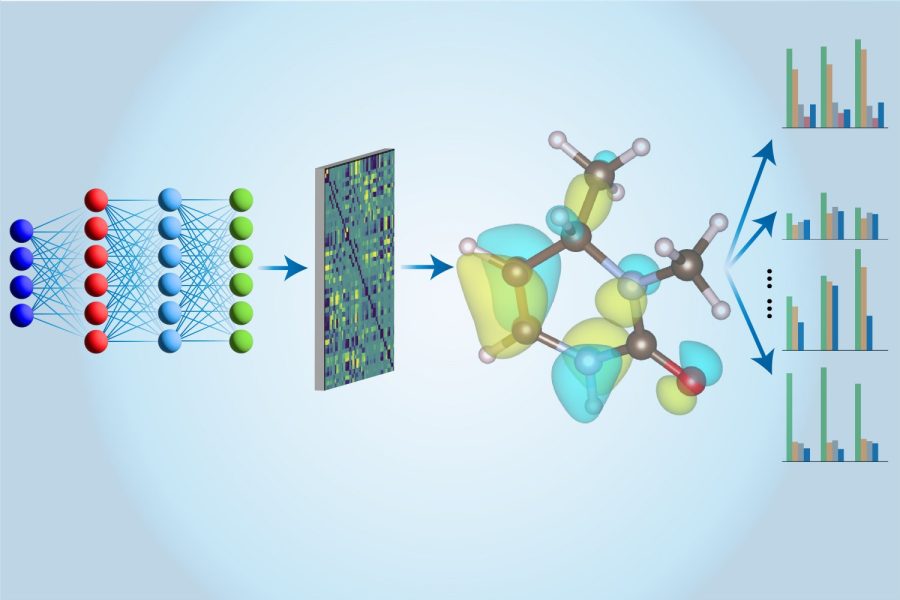Life in the ’90s: Barrier Reef biodiversity has ‘shifted significantly’ – Oceanographic Magazine

(c)MattCurnock_0408871603
Findings from a study undertaken by an international team of scientists from the UK and Australia indicate that the pace at which biodiversity across the Great Barrier Reef is changing has increased significantly in the last three decades.Findings from a study undertaken by an international team of scientists from the UK and Australia indicate that the pace at which biodiversity across the Great Barrier Reef is changing has increased significantly in the last three decades.Fish communities living on the Great Barrier Reef today are substantially different to those that inhabited the coral reef ecosystem – the largest in the world – back in the 1990s, a new study looking into the impact that climate change and human-caused pressures are having on the biodiversity of crucial environmental habitats has revealed.Findings from the study – undertaken by an international team of scientists from the UK and Australia – have also indicated that the pace at which biodiversity across the Great Barrier Reef is changing has increased significantly in the last three decades.These findings, it’s been suggested, will have a significant impact on our understanding of how patterns of life are spread across the planet, highlighting the effect that human-driven conditions are having upon them. Reef fish are a hugely important part of marine ecosystems, providing a range of benefits to both humans and the coral reef systems they inhabit as sources of food, controlling seaweed so it doesn’t overgrow, and even producing the sand we find on beaches.It is fish communities such as these, however, that are undergoing “significant transformations”, driven largely by the diversity of the coral species that make up the Great Barrier Reef habitat.Led by researchers at Lancaster University in the UK, the study was published this week in the journal Nature Communications, highlighting the extent to which environmental pressures – such as coral bleaching and cyclones, as well as water pollution and even outbreaks of crown-of-thorns starfish (a species that prey on nearly all corals and can eat its way through 10 square metres of it a year) – have had major impacts on the coral reef, including the amount of coral, the composition of coral assemblages, and the diversity of fish that live there.“Our findings show how long-term and persistent changes are occurring in the biodiversity of the Great Barrier Reef with increasing disturbances from factors such as climate change,” said Javier González-Barrios, lead author of the study and PhD researcher at Lancaster University.To carry out this research, the team analysed data from the Australian Institute of Marine Science’s Long-Term Monitoring Programme, which surveys fish and coral stretching back three decades between 1995 and 2022. The surveys span more than 1,200km along the Great Barrier Reef.One of the most well-documented patterns of life on Earth is how the number of species increases the closer you get to the Equator – a pattern known as the ‘latitudinal diversity gradient’. A key result from this study revealed that this pattern has undergone ‘significant fluctuations.’So well-established is this pattern of diversity that it has even been evidenced in fossil records. However, while the study’s results show that the pattern “remains broadly in line with what we’d expect for the Great Barrier Reef’, signs that the gradient may be shifting are emerging.In the northernmost parts of the Great Barrier reef – the region closest to the equator – the number of different fish species (in particular, species of omnivores, plankton feeders, and herbivores) have reduced.In contrast, these groups of fish have increased in the southernmost sectors, raising questions about other potential consequences on the functioning of this ecosystem.Outrage as NOAA abandons North Atlantic right whale protectionsMexico: “Goals met” to protect last eight vaquita from extinctionLargest citizen science survey of Great Barrier Reef undertakenEU fishers clock 3,500 hours of bottom trawling in protected watersDepths Star: New supergiant ‘sea bug’ resembles Darth VaderHere in the southern part of the Great Barrier Reef, still, and reef fish species richness has “experienced big fluctuations” – flipping from periods with high numbers of different species and periods in which richness has been very low.But there’s more. Not only does the study indicate changes in the number of fish species; it also reveals changes in the composition of fish communities, too. Scientists have found that fish communities have continuously changed as fish species replace others, particularly in response to disturbances.As disturbances become more common, so too do these changes in fish communities.“We have seen changes in the number and composition of fish species throughout the reef system as well as species turnover – when one species replaces another – are accelerating in recent years, without any sign of stabilisation,” continued González-Barrios. “These changes provide valuable insights into classic geographic patterns, such as the latitudinal diversity gradient, and open questions as to whether these patterns are decoupling from their original underlying drivers.”Another key finding from the study is that changes to the composition of coral species is a better predictor of altered fish patterns than simply the percentage cover of hard corals.“The Great Barrier Reef has undergone major fluctuations, with hard coral cover on many reefs declining and then recovering in response to large disturbances,” said Dr Mike Emslie of the Australian Institute of Marine Sciences. “However, just looking at coral cover can mask the underlying changes in the composition of coral species.“Corals build the three-dimensional habitat structure that supports other organisms such as fish, and the diversity of corals present can greatly influence the extent of that 3D structure. The recovery of some corals might not provide the same level of habitat complexity resulting in changes to the fish communities that rely on that complexity.“Our study shows that changes in fish diversity on the Great Barrier Reef were strongly correlated with shifts in coral composition, and to a lesser extent with fluctuations in coral cover, highlighting the vital importance of a diverse coral assemblage for reef fish communities.”Changes in the patterns of biodiversity on coral reefs will have both ecological and social implications. Reef fish, for instance, are important to fisheries and are a vital source of food for millions of people.“With disturbances becoming more frequent and severe, the patterns in fish diversity and abundance we have come to expect are changing, and this will alter the benefits the fish provide for the ecosystem and for people,” said Professor Nick Graham of Lancaster University. The study’s findings are outlined in the paper ‘Emergent patterns of reef fish diversity correlate with coral assemblage shifts along the Great Barrier Reef, published in Nature Communications.Click here for more from the Oceanographic Newsroom.”*” indicates required fieldsThe worlds biggest ocean news.
Free to your inbox.
Every weekday.Enjoy so much more from Oceanographic Magazine by becoming a subscriber.
A range of subscription options are available.
Enjoy so much more from Oceanographic Magazine by becoming a subscriber.
A range of subscription options are available.Receive the latest from Oceanographic and get 10% off your first order.Copyright © 2025 CXD MEDIA LTD.All rights reservedSign up to our newsletter and enjoy 10% off your ENTIRE first order – magazines, books and subscriptions all included!”*” indicates required fields



